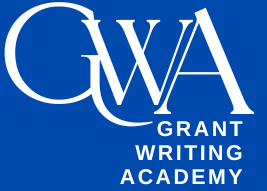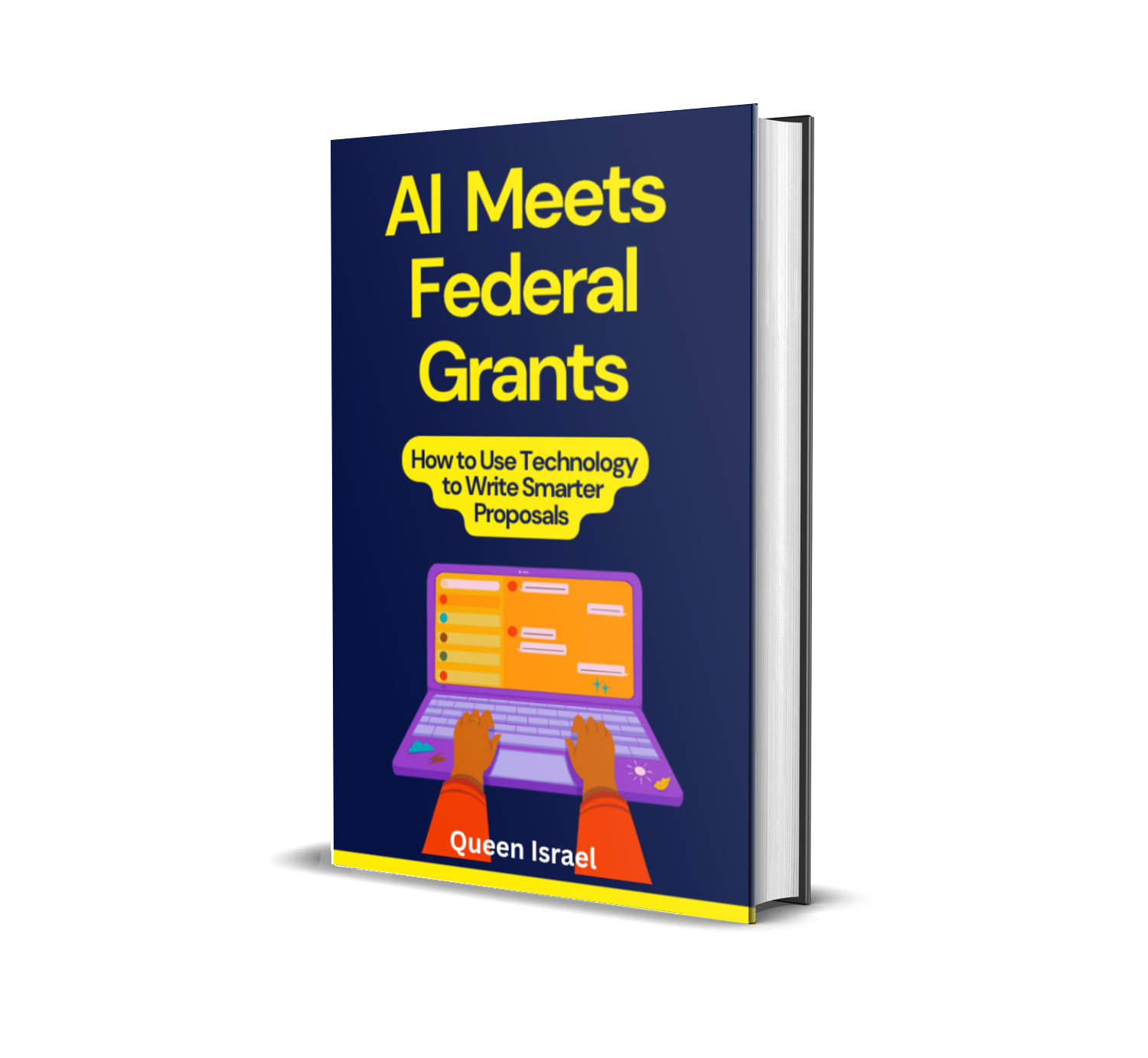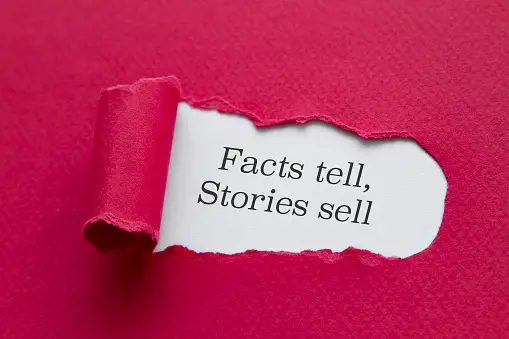There’s a powerful tool that often gets overlooked—and it could be the key to securing your next big grant: the Letter of Inquiry (LOI).
This is short yet impactful document is often the first step in starting a conversation with a funder.
Think of it like a pitch—clear, concise, and compelling.
In this complete guide, we’ll cover:
- What a letter of inquiry is (and isn’t)
- How to write one that funders love
- A real sample LOI you can use today
- CTA: Get the tools, templates & coaching to land more grants
Let’s write your best LOI ever—one that actually opens doors.
What is a Letter of Inquiry for a Grant?
A Letter of Inquiry (LOI) is a brief 1–2-page letter you send to a funder before submitting a full proposal. It’s often requested by foundations and private funders to help them screen applicants.
An LOI should:
✅ Summarize your organization
✅ Describe the problem you solve
✅ Explain your program or project
✅ State the amount requested
✅ Show how your work aligns with the funder’s priorities
Think of it as your nonprofit’s elevator pitch.
Why Funders Love the LOI
Funders receive hundreds of grant applications every year. Reviewing full proposals for every interested nonprofit would be exhausting.
The LOI helps them:
- Evaluate fit early
- Save time (and yours too!)
- Invite only qualified applicants
So writing an effective LOI isn’t optional—it’s strategic.
The 5 Key Elements of a Winning Letter of Inquiry
Use this structure to make sure your LOI is both professional and persuasive:
1. Introduction + Funding Request
- Clearly state the purpose of your letter.
- Mention the amount requested.
- Include your organization name, mission, and a quick snapshot.
Example:
“I’m writing to request a $50,000 grant for our after-school literacy program at Bright Pathways, a nonprofit committed to improving reading skills for underserved youth in Atlanta.”
2. The Problem You’re Solving
- Describe the community need.
- Use relevant data and storytelling.
- Keep it short but powerful.
Example:
“In our target neighborhood, 60% of third graders read below grade level, placing them at higher risk of academic failure.”
3. Your Proposed Solution
- Summarize your project or program.
- Explain how it addresses the problem.
- Mention key activities and goals.
“Our literacy program offers free tutoring, book access, and weekly family reading nights designed to boost reading fluency and parent engagement.”
4. Impact + Evaluation
- Share your expected outcomes.
- Briefly mention how you’ll measure success.
“Last year, 82% of participants improved at least one grade level. We use reading assessments, attendance logs, and surveys to track progress.”
5. Closing + Contact Information
- Reaffirm your request.
- Invite the funder to contact you.
- Thank them for their time.
“We would be honored to submit a full proposal and share more about how this funding can support 200 students this school year.”
Real Letter of Inquiry Sample for a Grant
[Your Nonprofit Letterhead]
Date
[Funder’s Name]
[Foundation Name]
[Address]Dear [Funder’s Name],
I am writing on behalf of Hope Harvest, a nonprofit organization based in Houston, Texas, to respectfully request a grant of $35,000 in support of our Mobile Food Pantry Expansion Project. Since 2016, Hope Harvest has provided healthy meals to over 40,000 food-insecure families annually through our community-based initiatives.
In recent years, the demand for food assistance in underserved neighborhoods has surged. Nearly 1 in 5 Houston households experience food insecurity, and many lack transportation to access existing pantries.
To meet this growing need, we plan to expand our mobile pantry fleet, adding two new trucks and partnering with local churches, schools, and housing complexes. The grant would help cover vehicle retrofitting, driver stipends, and outreach materials.
We anticipate reaching an additional 5,000 households annually, reducing barriers to food access. We’ll evaluate our progress through distribution logs, client surveys, and community feedback sessions.
We believe our mission aligns strongly with your foundation’s commitment to addressing hunger, health disparities, and economic mobility. Thank you for considering our request. We welcome the opportunity to submit a full proposal and answer any questions you may have.
With gratitude,
[Your Name]
Program Director, Hope Harvest
Email: yourname@hopeharvest.org
Phone: (555) 555-5555
Common Mistakes to Avoid in Your LOI
❌ Making it too long
❌ Repeating your mission without saying what you do
❌ Using jargon or acronyms
❌ Forgetting to tie your work to the funder’s priorities
❌ Not stating the amount requested
Your LOI is not your full proposal. Keep it short, sharp, and smart.
Tools You’ll Need to Write Your Next LOI
Want to skip the struggle and write your next LOI in one sitting?
Join the Grant Writing Academy to get:
- Editable Letter of Inquiry templates
- Program and project summary templates
- Funder research checklists
- Access to real examples and proposal critiques
- Monthly grant coaching sessions
Click here to become a Founding Member and start winning more grants without the guesswork.
Stay Grant-Ready: Subscribe to the Grant Writing Academy Newsletter
When you subscribe to the Grant Writing Academy Newsletter, you’ll get:
- Weekly grant alerts across multiple sectors
- Sample proposals and LOIs
- Best practices from grant pros
- Ready-to-edit templates delivered straight to your inbox
Subscribe here to never miss another opportunity.
A strong Letter of Inquiry can open more doors than a full proposal when done right. It’s your first impression, your handshake across the inbox, and your best shot at getting funders excited about your mission.
Don’t let it go to waste.
Use this structure, follow the sample, and put your purpose into words that resonate.
And if you want help crafting LOIs that work, we’re here to support you.
Become a Founding Member of the Grant Writing Academy
Subscribe to the Newsletter and stay ahead of the curve
Let’s turn that “maybe” into a YES—one letter at a time.






Want to find out how emails can work for you to earn money daily? Try https://rb.gy/uxe0l2
Looking for fasxt and reliable residential aрprɑisals?
Aprazy connects homeowners and lenders directly with trusted appraisers.
Do you want to discover a system that pays you for sending emails? Visit https://rb.gy/uxe0l2